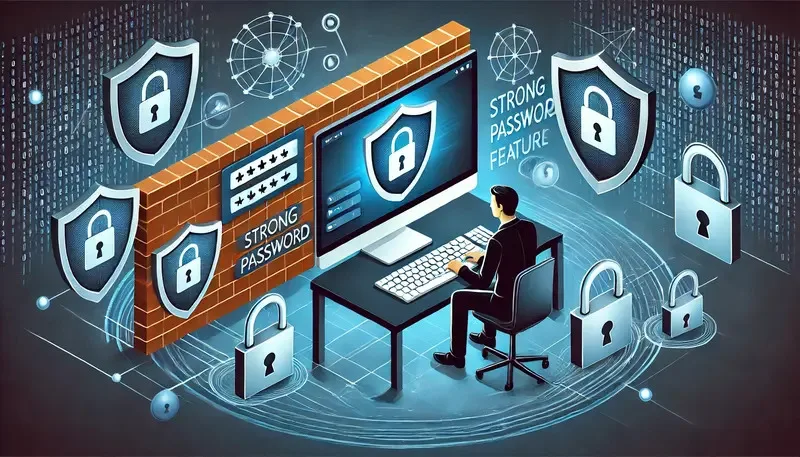
Computer Security: How to Protect Your Data from Cyber Threats
In today’s digital age, the importance of computer security cannot be overstated. With cyber threats evolving rapidly, it is crucial to understand and implement effective security measures to protect your data. This article outlines fundamental principles of cyber security, including password management, network defense, phishing and malware protection, and physical security of computer systems.
The rise of cybercrime has made data protection a top priority for individuals and organizations alike. From identity theft to ransomware attacks, the spectrum of cyber threats is vast and ever-changing. This article delves into practical strategies and tools you can use to safeguard your data and maintain robust computer security.
Basic Principles of Cyber Security
The foundation of computer security rests on several core principles:
- Confidentiality: Ensure that sensitive information is accessible only to authorized users.
- Integrity: Protect data from unauthorized alterations to maintain its accuracy and reliability.
- Availability: Guarantee that data and systems are available to authorized users when needed.
Implementing these principles requires a combination of technical solutions, policies, and user education.
Passwords and Access Control
Passwords are often the first line of defense against unauthorized access. Here are some best practices for managing passwords:
- Strong Passwords: Use complex passwords that include a mix of letters, numbers, and special characters. Avoid common words or easily guessable information.
- Password Managers: Utilize password management tools to generate and store complex passwords securely.
- Multi-Factor Authentication (MFA): Enhance security by requiring multiple forms of verification before granting access.
- Regular Updates: Change passwords periodically and avoid reusing them across different sites.
Network Defense
Protecting your network is essential to prevent unauthorized access and attacks:
- Firewalls: Implement firewalls to monitor and control incoming and outgoing network traffic based on predetermined security rules.
- Encryption: Use encryption to protect data transmitted over networks, making it unreadable to unauthorized users.
- Secure Wi-Fi: Ensure your wireless networks are secured with strong passwords and encryption protocols like WPA3.
- Intrusion Detection Systems (IDS): Deploy IDS to detect and respond to suspicious activities within your network.

Phishing and Malware Protection
Phishing attacks and malware are common methods used by cybercriminals to gain access to systems and data:
- Email Security: Be cautious with email attachments and links. Verify the sender’s identity before opening any suspicious emails.
- Anti-Malware Software: Install and regularly update anti-malware programs to detect and remove malicious software.
- Safe Browsing Practices: Avoid downloading files from untrusted sources and visiting suspicious websites.
- Regular Updates: Keep all software and operating systems up to date to patch known vulnerabilities.
Computer Physical Security
Physical security measures are equally important to protect your data:
- Access Control: Restrict physical access to your computer systems. Use locks and security badges to control entry to sensitive areas.
- Secure Devices: Ensure laptops and mobile devices are stored securely when not in use. Use tracking software to locate lost or stolen devices.
- Data Backups: Regularly back up important data to secure, offsite locations to prevent loss in case of physical theft or damage.
- Screen Privacy: Use privacy screens to prevent unauthorized viewing of sensitive information on your monitor.
Cyber threats are a constant and evolving challenge, but by implementing robust security measures, you can significantly reduce your risk of data breaches and cyber attacks. Adhering to the basic principles of cyber security, using strong passwords, defending your network, protecting against phishing and malware, and ensuring physical security are all critical steps in safeguarding your data. Stay vigilant and proactive in your approach to computer security to protect your valuable information from cyber threats.
